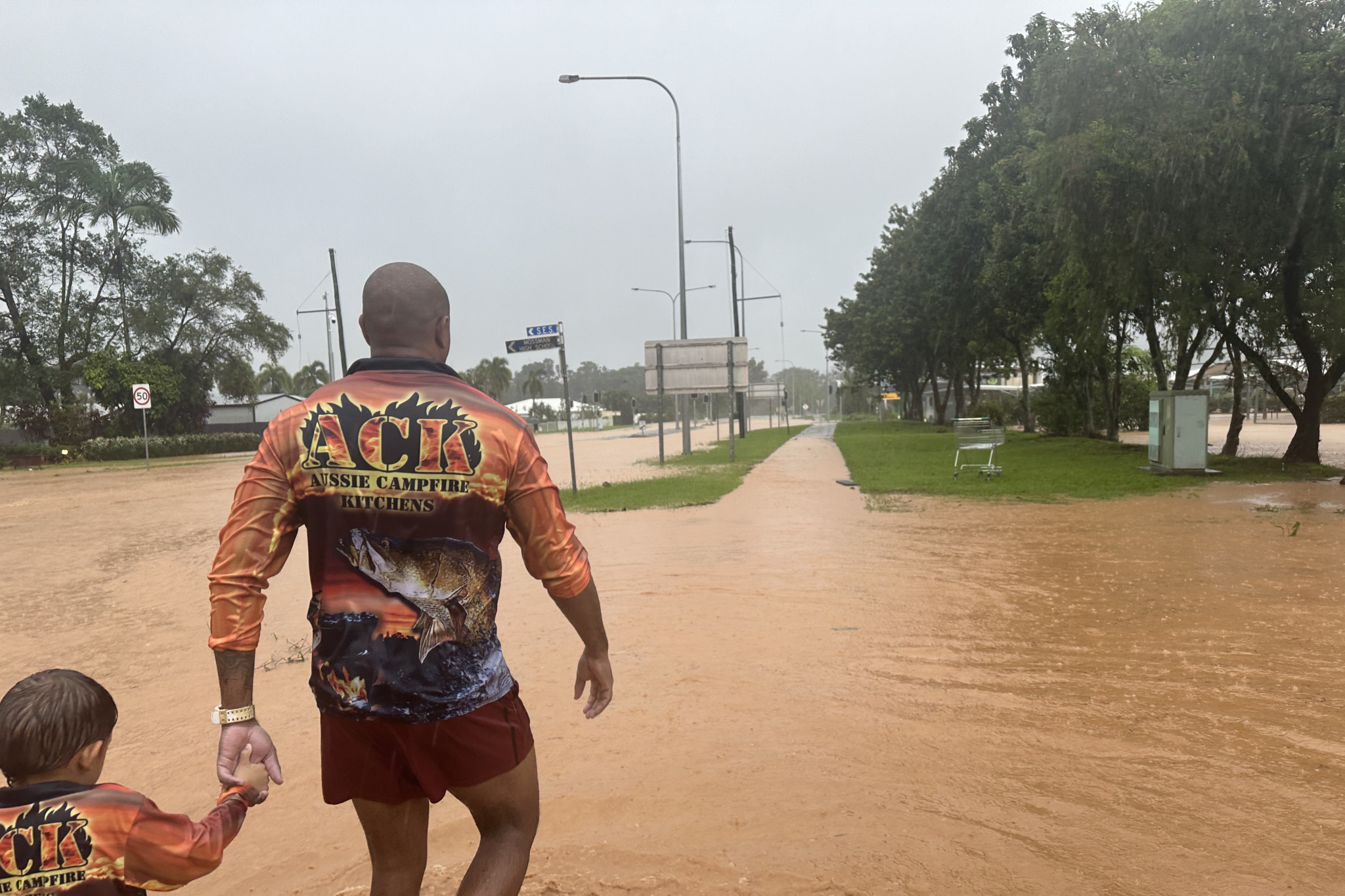General News
7 July, 2025
Jasper costs hit $160m
MORE than $160 million in losses struck the Douglas Shire in the months following Cyclone Jasper in December 2023, a new report has estimated.

The tropical cyclone on December 13, 2023, was followed by unprecedented rains and flooding.
The report said the Daintree River peaked at 15.85m, more than 2m above the previous record in 2019. The highest daily rainfall total of 714mm was recorded at Mossman.
The Conus Business Consultancy Services report said collectively businesses in the Shire had lost 7.4 per cent of their annual revenue, compared to 4.1 per cent for all businesses across the Cairns SA4 region.
“The impact of TC Jasper and the flooding event on the Shire’s Gross Regional Product (GRP) is estimated to be a reduction of $56.3m, with most of this impact falling within the 2023-24 financial year,” it said.
“It is therefore clear that the impact of the event, as measured by the reduction of GRP, was greater for the Douglas Shire (than the Cairns region). The relative lack of diversity within the DSC economy will have exacerbated the impacts of the event.
“The decline in tourism expenditure was estimated to be between $92 and $105 million, while losses in the agricultural sector (primarily cane) were estimated at approximately $5m.”
Mayor Lisa Scomazzon told the June 17 council meeting there was a lot to be taken from the latest report into the disaster.
“We already knew Tropical Cyclone Jasper had a significant impact on our Shire but to see that impact shared statistically is sobering,” she said.
Cr Scomazzon said the learnings would make the Shire better prepared “next time around”, although no-one could predict the outcomes of natural disasters.
She said about 30 per cent of Shire businesses who responded to the report’s survey said they found it reasonably easy to get support from governments after the cyclone, but more than 51 per cent found it was either ‘very difficult’ or ‘somewhat difficult’ to get help.
“It is significant to note that more than half of businesses found it difficult to fill out paperwork for support while only one in five businesses went on to receive that financial assistance they desperately needed,” Cr Scomazzon said.
She said all tiers of government needed to look for better ways to provide support.
Cr Scomazzon said the report showed Far North Queensland “doesn’t fit the same glove” as the south-east Queensland region.
“While confronting, the economic impact assessment will help support advocacy activities and resilience planning for businesses,” she said.
Cr Damian Meadows said the report showed how substantial the financial impacts had been.
He said it affected every business in the community that supported the tourism sector which was the hardest hit.
Cr Meadows said the flow-on was “significant”.
“It filtered down through every tier of business in this community,” he said.
“It’s how we respond to that, and it’s how we send messages out post-disasters from now on, is what we’ve really got to manage well.”


